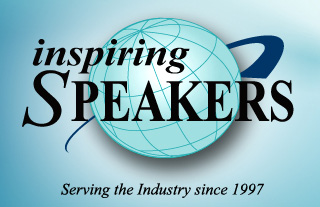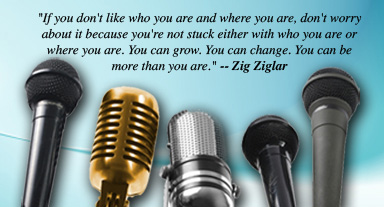Yesterday we established that asking and answering questions is one of the best ways of engaging with your audience.
When it comes to question and answer sessions, my advice – as usual – is practise makes perfect. There’s nothing worse than having an audience member ask you a question that flusters you or throws you for a loop. So it’s important to be prepared. Today we’ll give you some important tips on how best to handle Q&A sessions.
Tip No. 1: As you’re preparing and reviewing your presentation, make a list of all the questions you think could possibly arise from your talk. Then, go through each question and map out your answers. By planning ahead and anticipating the questions you will most likely be asked, you lessen the likelihood of surprise.
Tip No. 2: It’s important to let your audience know how and when they should ask questions. Be sure to let them know whether you’re happy to answer questions throughout your talk or if you would prefer that they hold their questions till the end of the presentation.
Tip No. 3: Prepare some questions to get the ball rolling. Sometimes audience members are shy or nervous – or they legitimately do not have any questions. A good way to get some questions flowing is to bring them up yourself. For example, you might say: “One of the questions I’m most frequently asked is…”
Tip No. 4: Don’t forget to moderate. When somebody asks a question, it is important that you repeat it out loud, so that the rest of the audience can hear what’s been asked of you. If you didn’t hear the question properly yourself – or if you don’t understand what the person is asking – feel free to ask him or her to repeat or rephrase the question. This also gives you more time to process the question and think about your answer.
Another instance where you may want to moderate is if somebody asks a question that stumps you. If you do not know the answer to a question, be honest about it. One option is to tell the person who has asked the question that you don’t know the answer, but that you’ll find out and get back to him after the presentation. But another option – one that will further the interactivity of your presentation – is to open up the question to the audience and moderate the ensuing discussion.
Tip No. 5: Be succinct. If you have anticipated your questions well, you should have a series of well-rehearsed answers. Be sure to keep your answers brief and to the point. No one likes a rambler.
Tip No. 6: If you opt to hold a Q&A session at the end of your presentation, be sure to still have a summary to your talk. There’s nothing worse than a presentation that just dwindles off into awkward silence at the end of a question period. Once it’s clear that there are no more audience questions, jump right into your conclusion and end on a strong note.
Tip No. 7: Learn from your mistakes. If you are asked a question that flummoxes or stumps you, make sure to remember it. Then go home, think about the question and figure out how best to answer it – and remember your answer for next time. If it comes up once, it’s sure to come up again.
For more great tips, I highly recommend checking out The Public Speaker by Lisa B. Marshall on the Quick & Dirty Tips website. Her podcast on “Keeping Control of the Q&A” is replete with useful information.
And we’d love to hear your tips on how to handle Q&A sessions, as well. So please share them with us here on the blog or on our Facebook page.
Till next time!


